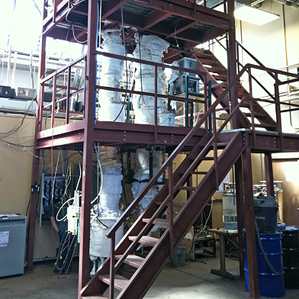2012 saw large increases in the amount of atmospheric CO2, with a jump of 2.67ppm (parts per million). As a comparison, between 2000 and 2010, the annual rate of increase was just under 2ppm; in the 1960s it was less than 1ppm. In spite of this data and political paralysis on the issue, scientists still talk as if we have some hope of averting catastrophic climate change on this planet. Let’s face it, the only way that will happen is if/when renewable energy becomes so much cheaper and more accessible to the average consumer that they’ll rush to embrace that. Until then, our greed and short-sightedness will keep us on this path. By the time the effects are so overwhelming that even the GOP has to pull their heads out of the sand and admit the problem, it’ll be too late to fix it.
Sorry, kids. Yes, we know exactly what our current course of action is doing to the environment you will rely upon when you’re our age. Or at least, we have a really, really good idea of what will happen, just some disagreement about the exact timing of things. Don’t let future history suggest otherwise. The people of this era are choosing this path for our own short term gain. I’m doing what I can to help influence others via this blog and my own actions, but it’s a really tough battle.
(via NBC news)



